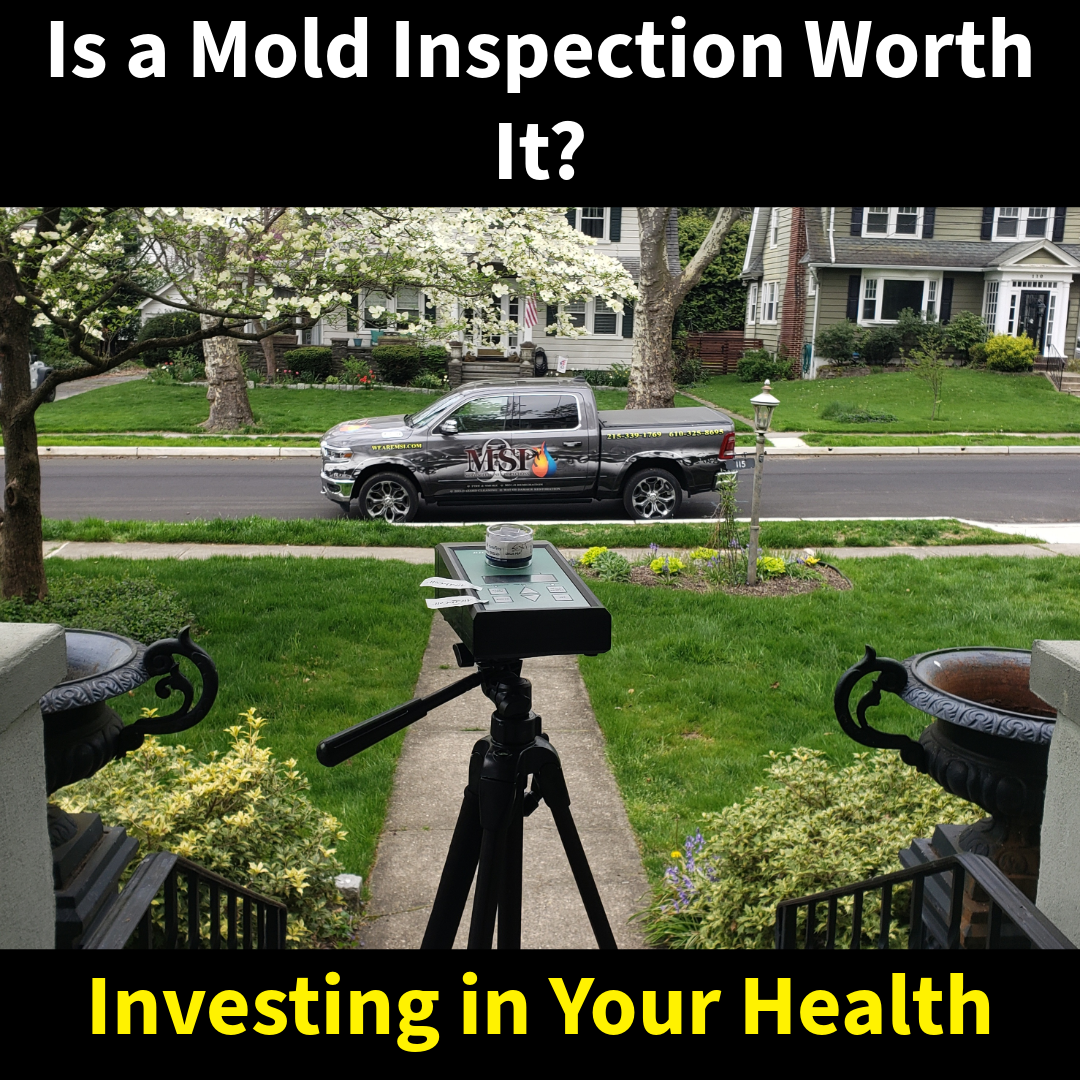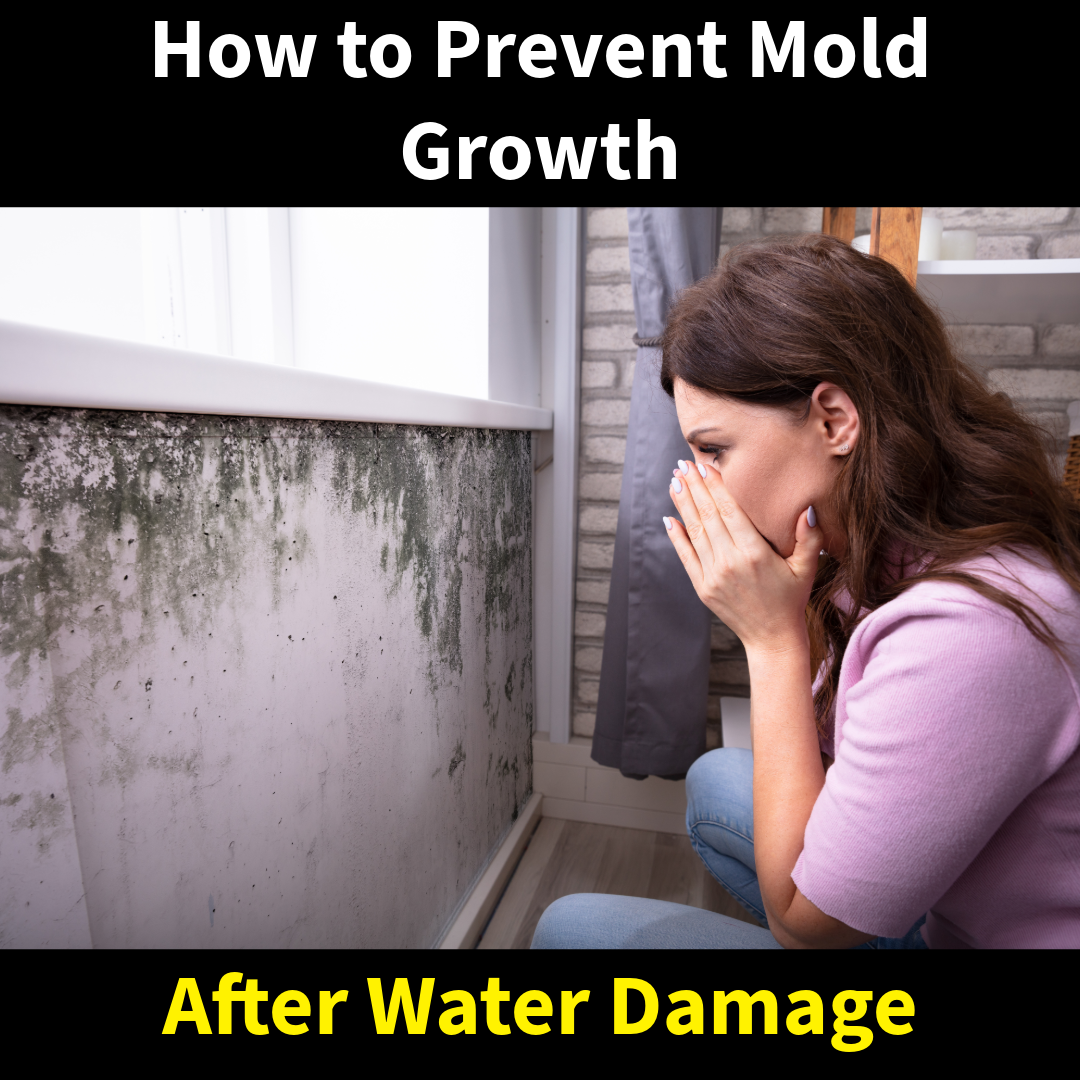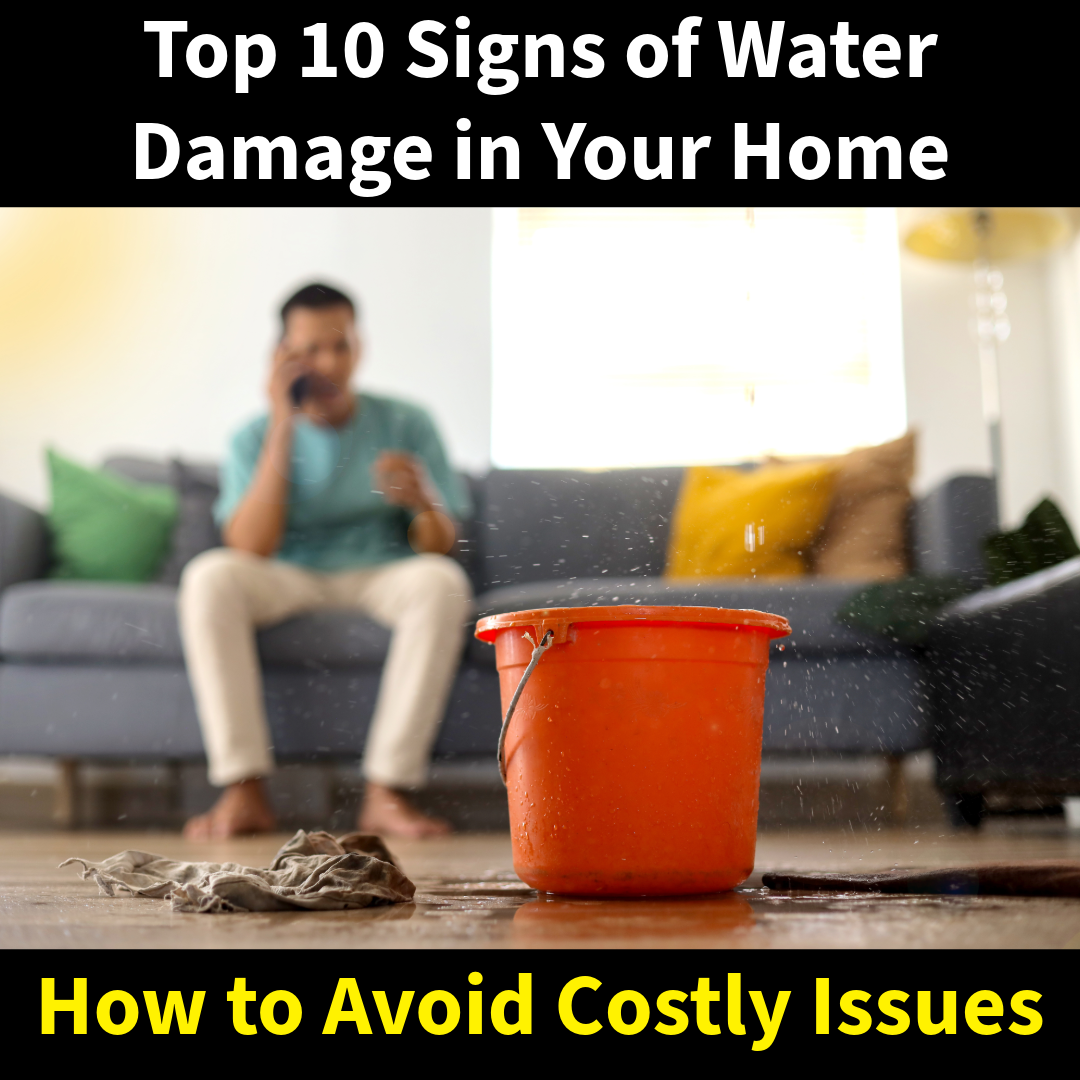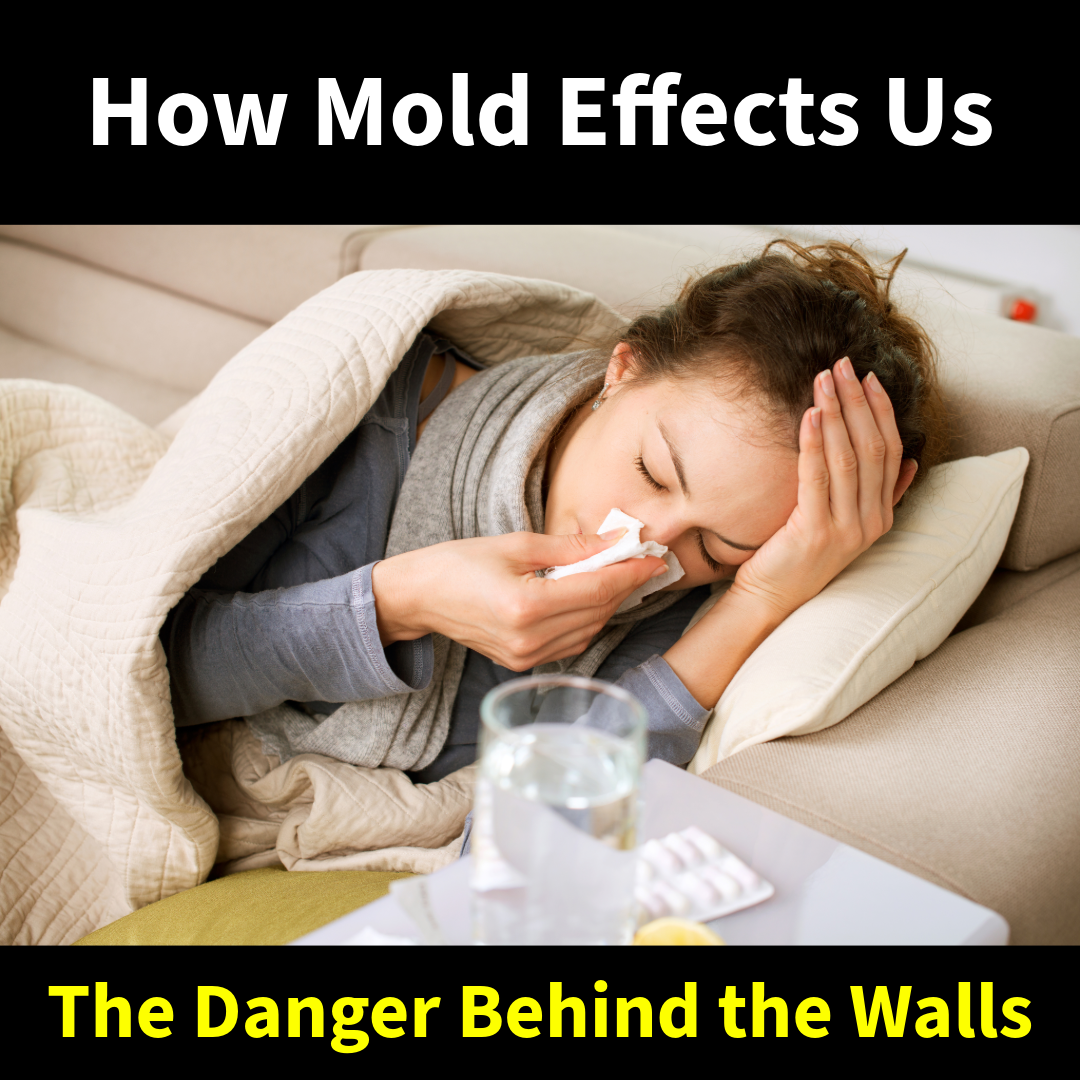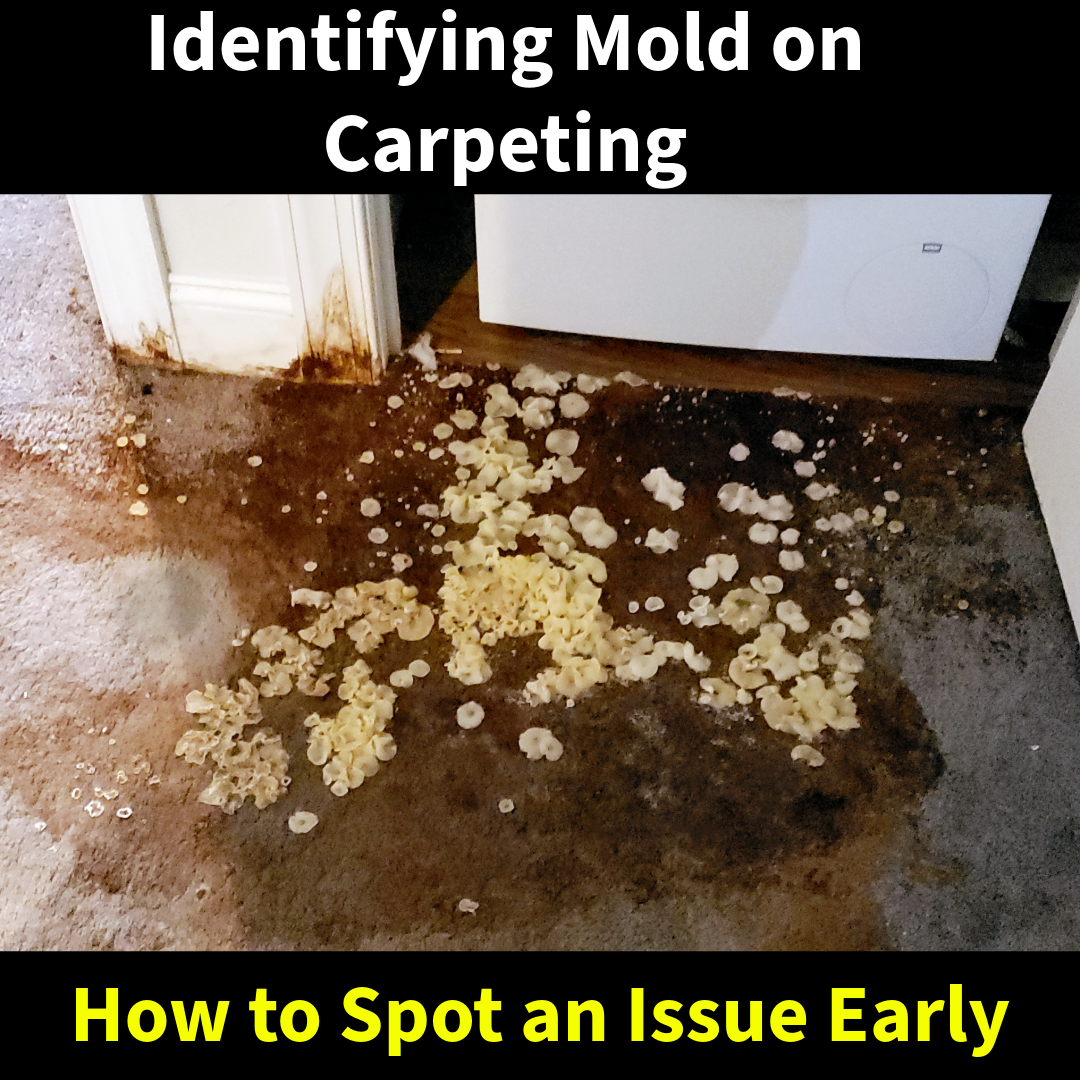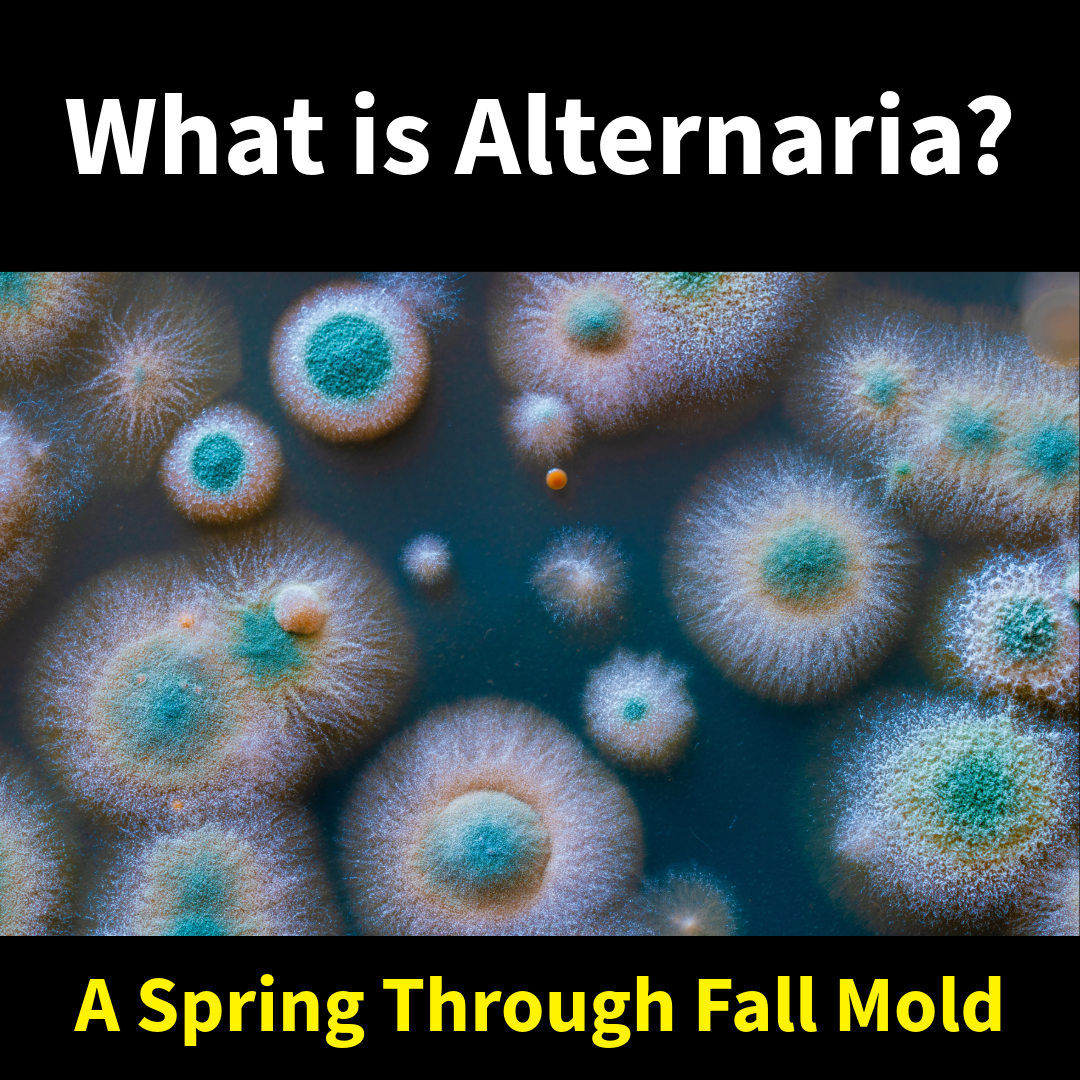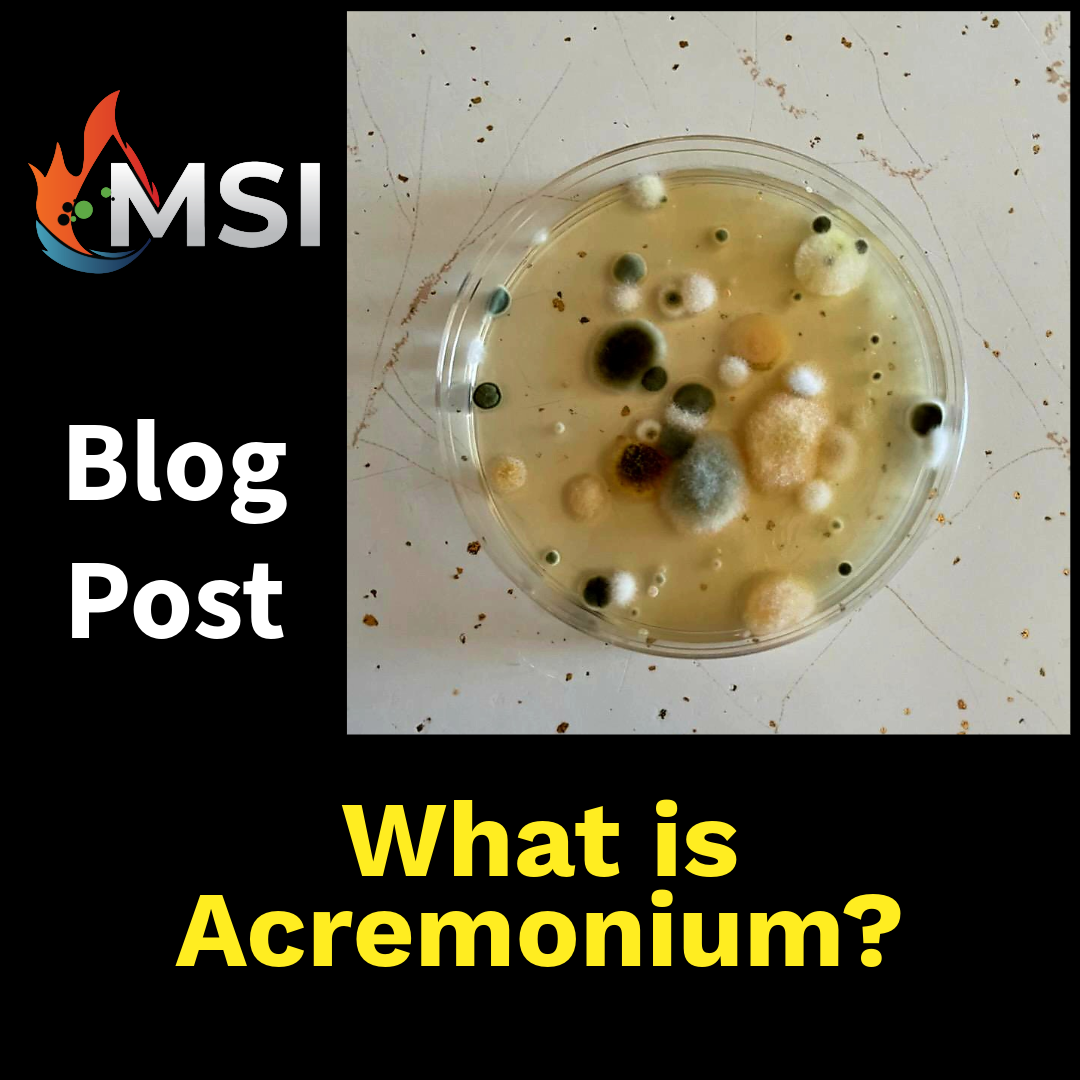Mold can be a silent intruder in your home, thriving in hidden spaces and potentially impacting your health and property. Identifying the signs of mold early can help prevent extensive damage and ensure a healthy living environment. And understanding what to do when it is discovered, can avoid costly mistakes if mold remediation is handled improperly. Here are the key indicators to watch for:
1. Musty Odors
A persistent, musty smell is often one of the first signs of mold growth. This odor is caused by microbial volatile organic compounds (MVOCs) released as mold grows. Even if you can’t see the mold, a strong musty smell should prompt an inspection.
2. Visible Growth
Mold often appears as discolored spots or patches on walls, ceilings, or other surfaces. It can range in color, including black, green, white, or gray. Pay close attention to areas near water sources, such as bathrooms, kitchens, and basements.
3. Water Damage or Stains
Water stains, discoloration, or bubbling paint can indicate a moisture problem, which is a common precursor to mold growth. Water damage especially on material like drywall shouldn’t be overlooked or painted over. The most toxic of molds can easily grow on this paper based material. Check for signs of past leaks or ongoing dampness in your home.
4. Health Symptoms
Exposure to mold can trigger health issues, especially for those with allergies, asthma, or weakened immune systems. Common symptoms include:
- Sneezing
- Coughing
- Itchy or watery eyes
- Skin irritation
- Nasal congestion
If you notice a pattern of these symptoms that improves when you leave your home, mold may be the culprit.
5. Increased Humidity Levels
High indoor humidity (above 60%) creates an ideal environment for mold growth. If you notice condensation on windows or consistently damp areas, take steps to reduce the humidity by installing a commercial grade dehumidifier, unlike the smaller plastic versions sold at big box stores or online.
6. Peeling Wallpaper or Warped Materials
Mold feeds on organic materials, such as paper and wood. If wallpaper is peeling, or wood surfaces are warping, mold may be present beneath the surface.
7. Frequent Respiratory Issues
If household members experience frequent respiratory problems, especially in certain areas of the house, mold could be contributing to the issue. Bathrooms, basements, and attics are common trouble spots.
What to Do if You Suspect Mold
If you notice any of these signs, it’s important to act quickly. Here are some steps to take:
- Inspect the Area: Look for visible mold growth or water damage.
- Control Moisture: Address leaks, dampness, or high humidity immediately.
- Call a Professional: Mold remediation experts, like our team at Mold Solutions & Inspections, can perform testing and provide safe, effective removal services without cross contaminating the rest of the home, while getting it done right the first time.
Why Professional Mold Remediation Matters
DIY methods often fail to address the root cause of mold problems, allowing them to return. Professional mold remediation ensures:
- Thorough inspection and testing
- Safe removal of mold and contaminated materials
- Identification and resolution of underlying moisture issues
At Mold Solutions & Inspections, we’re committed to helping homeowners identify and eliminate mold problems quickly and effectively. Contact us today to schedule an inspection and safeguard your home and health.

